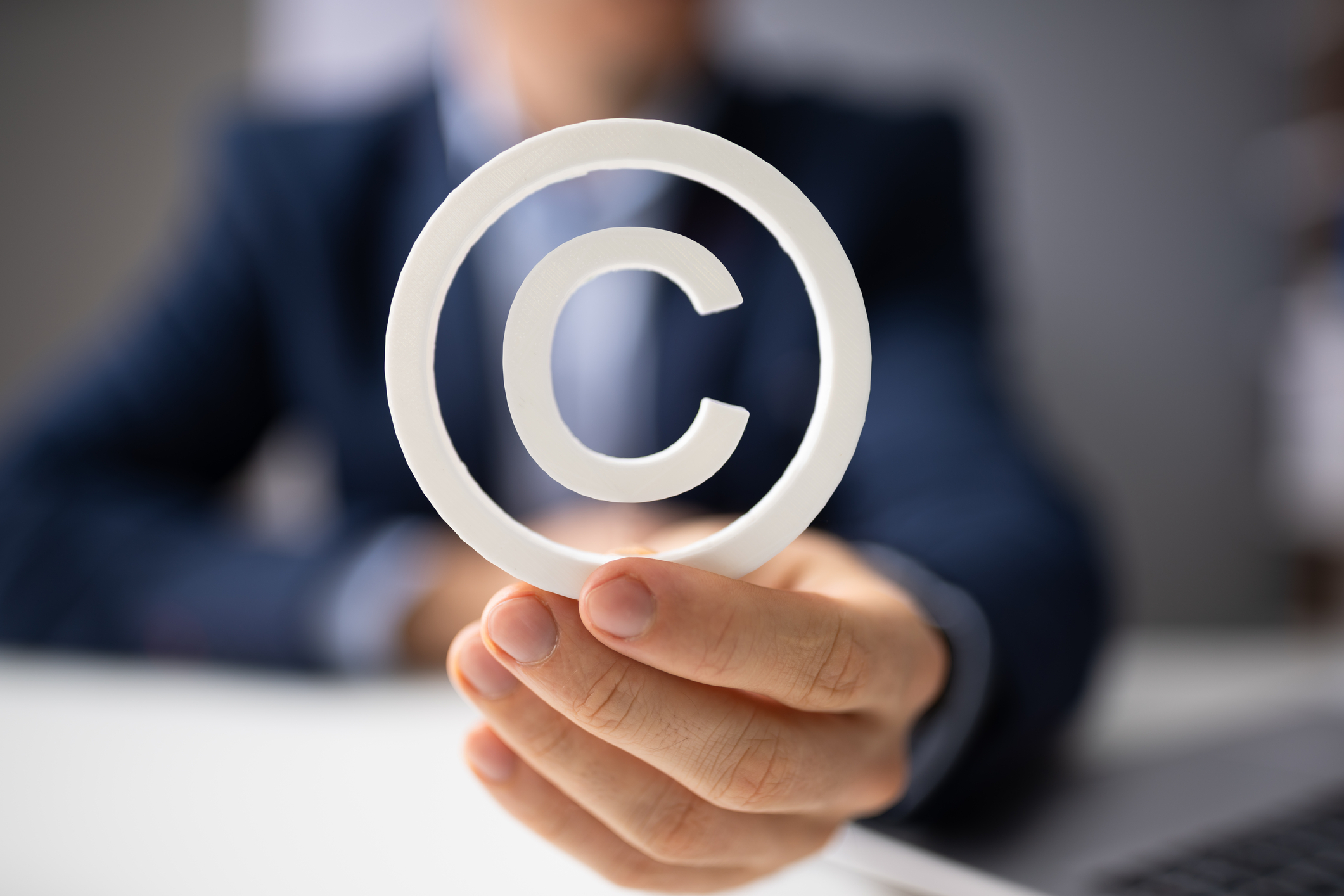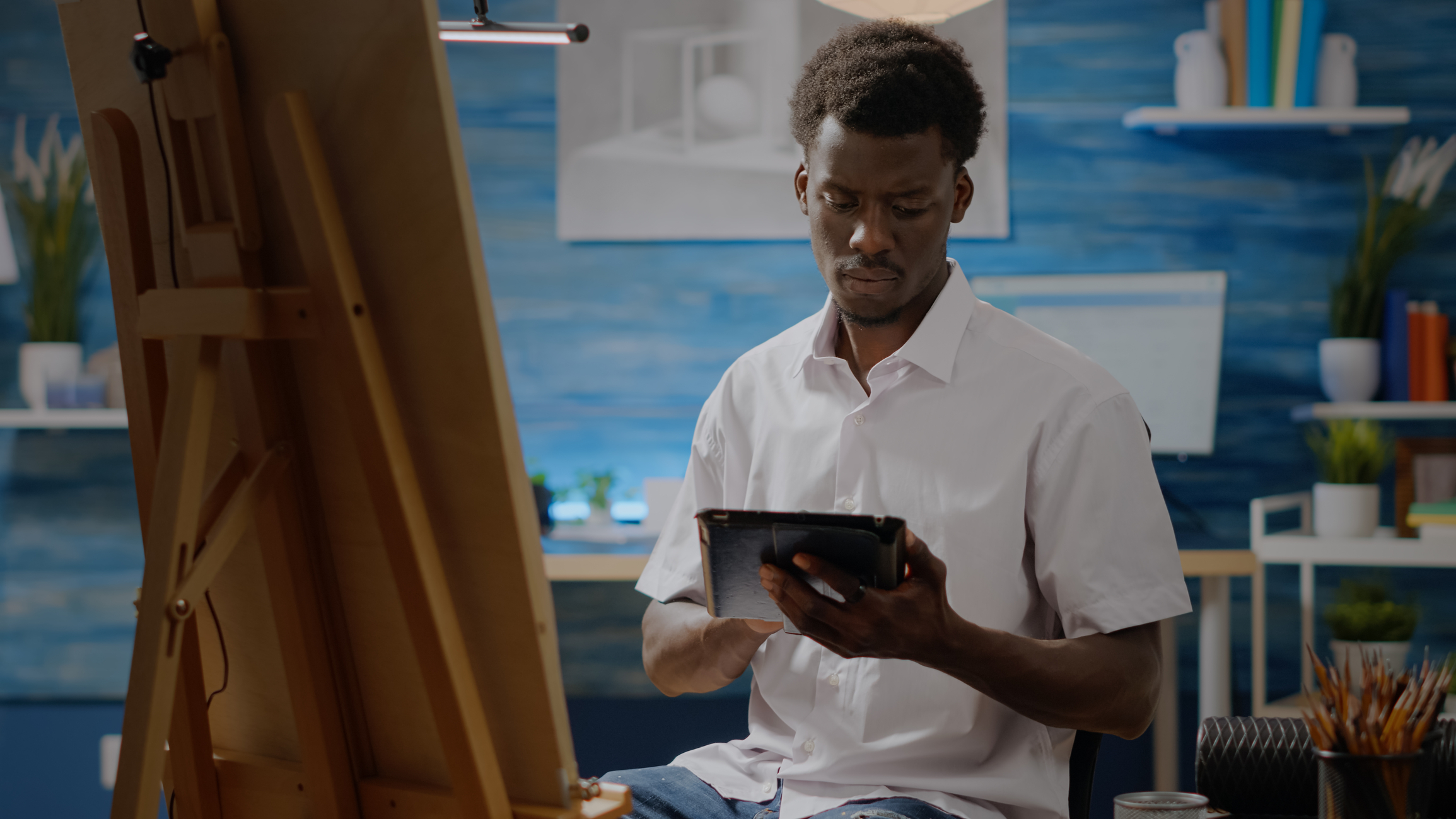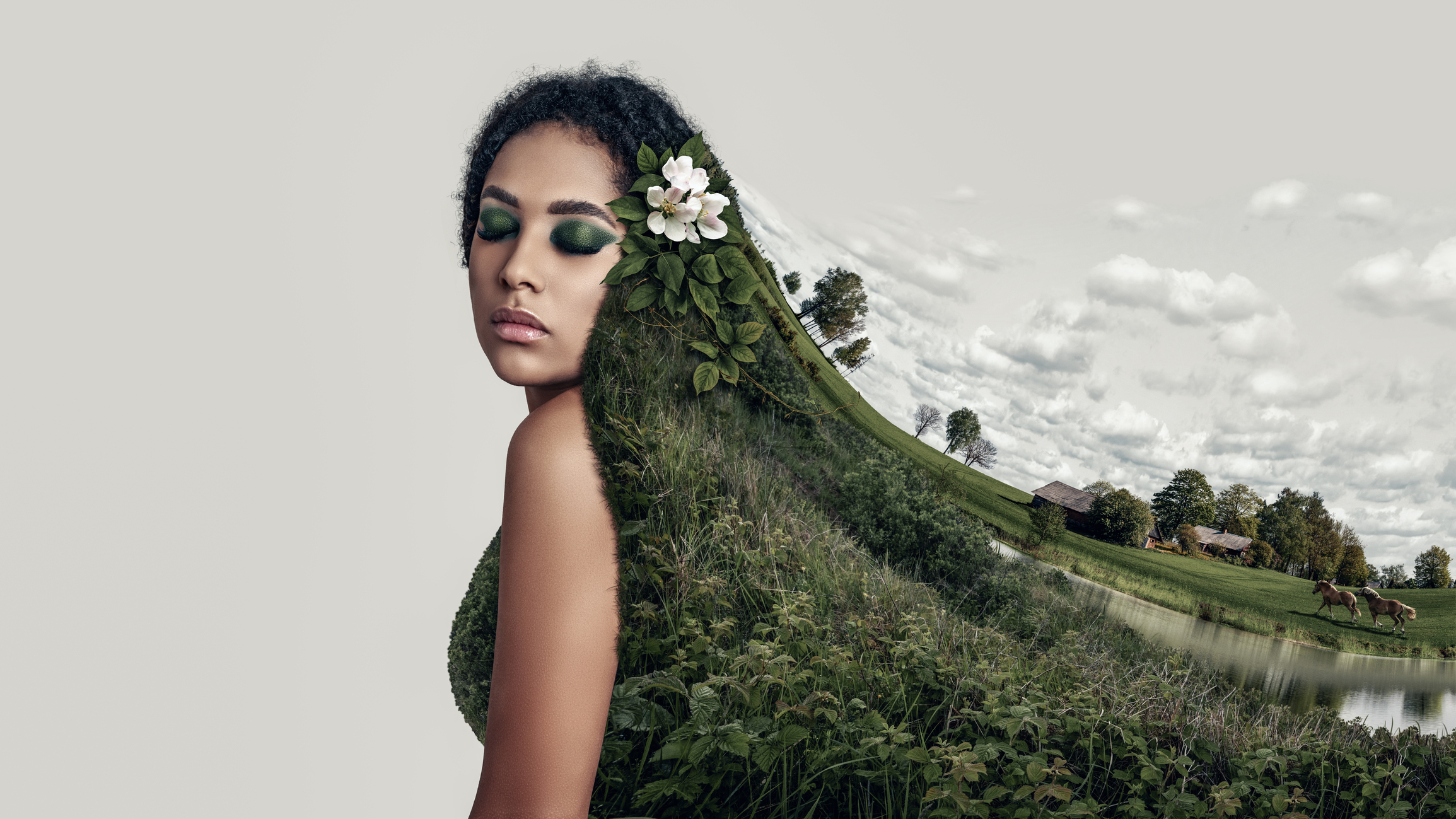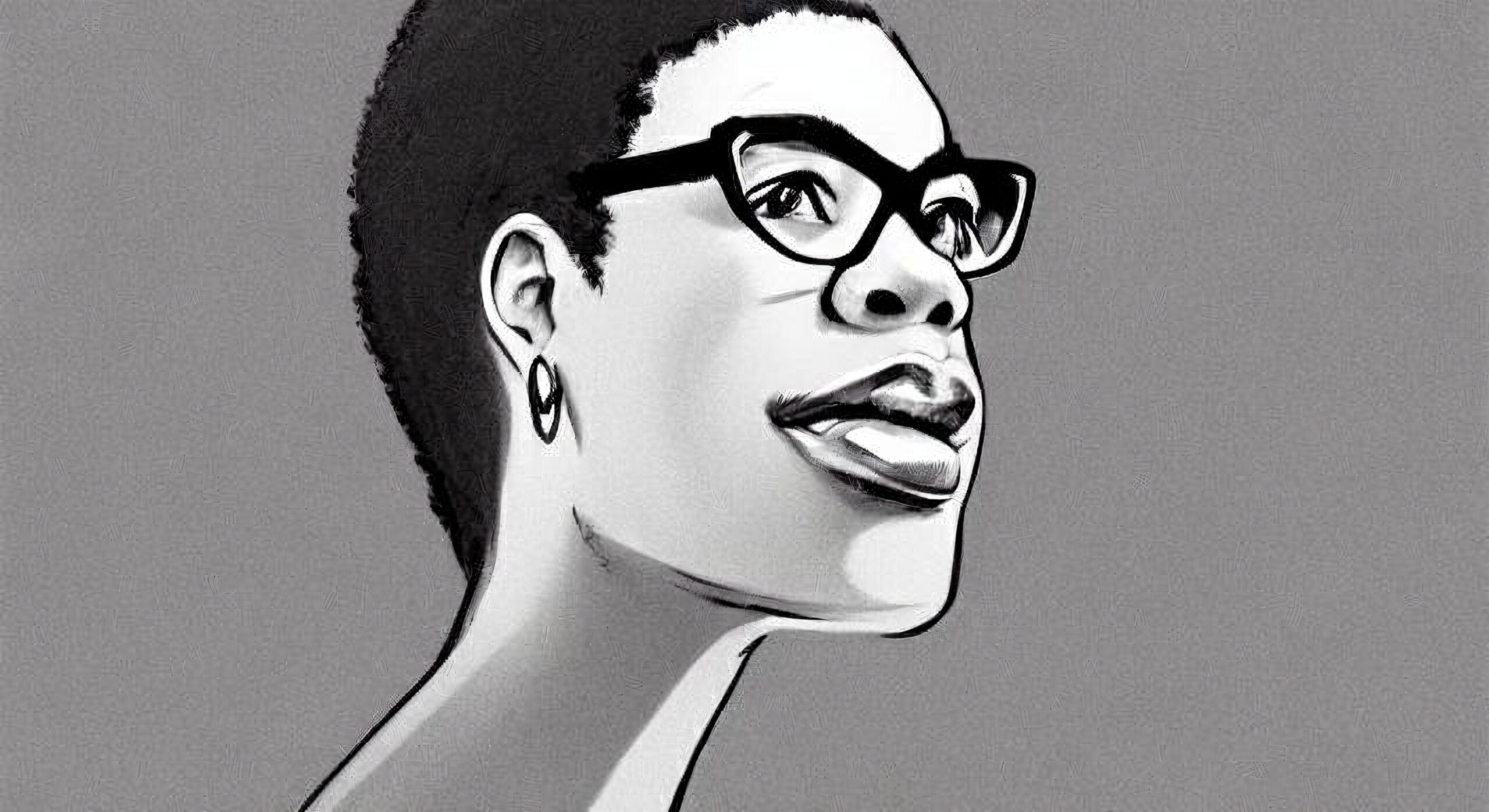As artificial intelligence (AI) becomes more sophisticated, so does its ability to “autonomously” create art. This was demonstrated when Christie’s auction house sold its first portrait created by AI for $432,500. While the artist is non-human, it may be unclear who owns AI-generated art.
Copyright for AI-generated works is either given to users, programmers or denied protection when released to the public domain. In the US, UK, and Australia, non-human entities are not recognized as authors and cannot hold copyrights for their works. India allows AI systems to be co-authors.
Copyright law is murky territory; when you add AI into the mix, things get even more complicated. I’ve completed several hours of (not a lawyer) research on the topic to summarize these four countries’ copyright laws regarding AI-generated art.
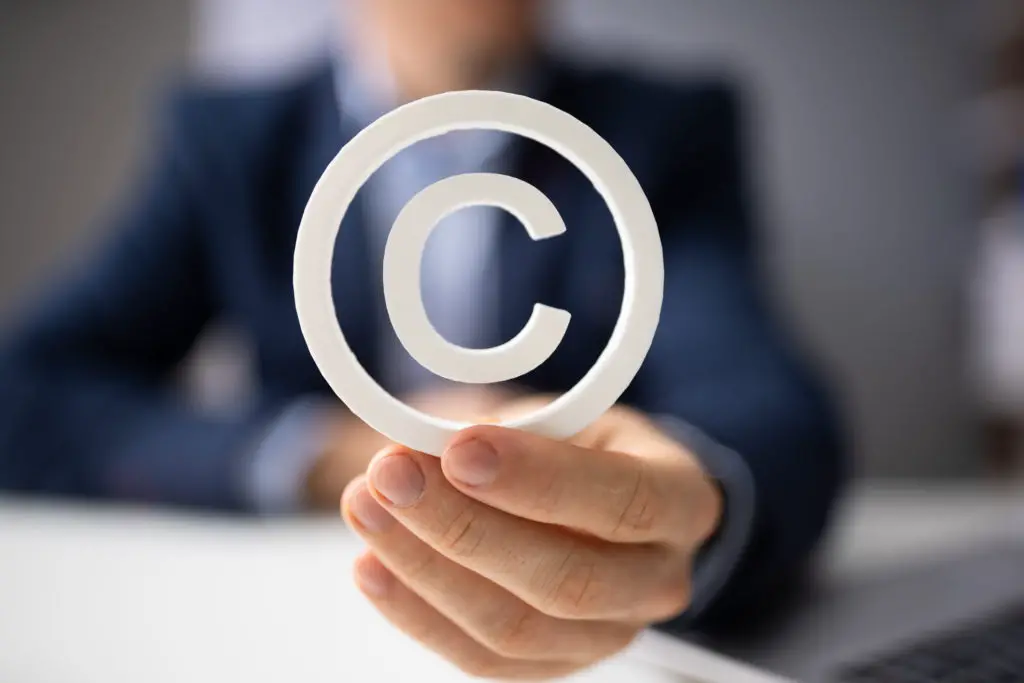
Copyright Law and AI-generated Art: A Comparison of the US, UK, India, and Australia
The question: “Who is the author of Al-generated works?” means who are economic rights in authorship to be transferred, and who has standing before a court in the case of infringement issues?
Complex Artificial Intelligence (“AI”)-systems can generate original works as if they were human, yet with little or no human intervention.
This fascinating piece of news raises many interesting questions about the legal and ethical implications of AI art. Who owns the copyright to works created by AI? Is it the user, the programmer, or the AI machine itself?
Candidates for Authorship
| Country | AI-System | User | Programmer | Public Domain |
| United States Copyright Act 1976 | No | Possible | Possible | Possible |
| The Copyright, Designs and Patents Act 1988 (UK) | No | Possible | Possible | Possible |
| India Copyright Act 1957 | Co-author | No | Possible | Possible |
| Australia Copyright Act 1968 | No | No | No | Possible |
1. US Copyright Law and AI-Generated Art
According to Section 302 of the Compendium of US Copyright Office, the copyright law denies protection for the works created by autonomous machines and mandates that creative work can only be copyrightable if created by a human being.
The ineligibility of non-human entities for authorship was made evident in the Naruto vs. Slater case, where the Ninth Circuit Court of Appeals ruled that a monkey cannot sue for copyright infringement.
Source: Worcester News
In that case, Naruto, a monkey, took selfies with David John Slater’s camera. Slater then published the photos in a book called “Wildlife Personalities.” This introduced a problem.
People for the Ethical Treatment of Animals (“PETA”) sued Slater on behalf of Naruto, arguing that Naruto should be considered the copyright owner since he made the intentional and deliberate arrangements without any assistance from Mr. Slater.
The court found that Naruto, although he engaged in some independent actions to author the photograph, the current copyright act does not implicitly extend authorship to animals.
Since authorship does not extend to non-human entities, AI machines don’t own what they make.
This leaves the question of ownership of computer-generated art between AI-system users and those who programmed them.
To answer this question, an understanding of the process by which AI machines create art is necessary.
- First, AI code is written. As technology stands now, this code is mainly the work of human programmers.
- The code empowers the second step: “machine learning with the subset deep learning,” Using either supervised or unsupervised learning, the machine “learns” how to generate art.
Hence, AI art is generated by machines that have been taught how to do so by humans.
That said, one could argue that the hard work of programmers should be recognized and rewarded by giving copyright protection to them for the artwork generated by machines running their code.
Alternatively, others could say that because the law already gives copyright protection to the code, that should be seen as enough incentive. Therefore, after a user buys an AI system or service, any art it creates should give copyright protection to the user, not the programmer.
To understand this, you can compare it with the employee contract one signs when working for a company. The worker gets paid for her work, but the company owns what is created during employment.
This is a dilemma, nevertheless, whose decision ultimately falls to the courts.
2. UK Copyright Law and AI-Generated Art
The 1988 Copyright, Design and Patents Act (CDPA), states that where a literary, dramatic, musical, or artistic work is computer-generated, “the author shall be taken to be the person by whom the arrangements necessary for the creation of the work are undertaken.”
In other words, copyright law in the UK currently recognizes that a human is always necessary for creating a work, even if a computer generates that work.
AI systems are not considered capable of being an author in their own right but are considered a very sophisticated tool with considerable powers to extend man’s capabilities in creating new works.
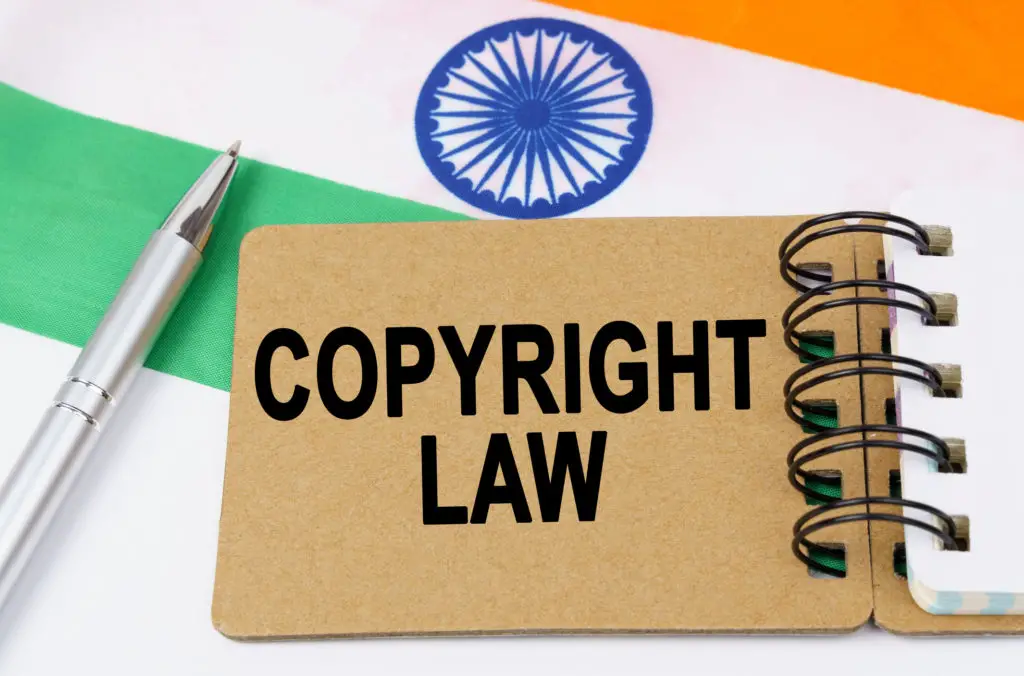
3. India Copyright Law and AI-Generated Art
The India Copyright Office has recently granted copyright protection to a painting titled ‘Suryast.’ The copyright-protected work, ‘Suryast,’ features both Sahni (a human author) and an AI painting app as co-authors.
This development is significant as it marks the first time an AI has been officially recognized as a co-author. This is a milestone in the discussion of authorship for AI-created work.
4. Australia Copyright Law and AI-Generated Art
Almost all sections (about authorship) in Copyright Act 1968 describe “an author” as the person who exercises control over making a work. Copyright law in Australia protects works authored by humans, meaning that AI-generated art is not covered under Australian copyright law. Without a human author, the work is not copyrightable and is released into the public domain.
For example, in the 2012 case of Acohs Pty Ltd v Ucorp Pty Ltd 16, the Federal Court considered whether it could grant copyright protection to source code generated by a computer algorithm. In this case, the Court determined that copyright did not exist in the source code because a human did not solely write it. The original data input was developed by a machine rather than by a human.
With a bit of understanding of current laws and case studies, how might artists use artificially intelligent tools to stay within their copyright protections?

Types of AI-Generated Art: Artificial Intelligence as a Tool vs. Autonomous Artist
How artificial intelligence is used will determine who owns the AI-generated art. It’s crucial to consult a licensed legal professional in your jurisdiction.
The term “artificial intelligence” was first used by John McCarthy in 1956 at a workshop exploring ways in which machines might be made to mimic features of human intelligence.
Well, mimicking has come a long way since then. AI can now generate art that facially looks like it should be protected by copyright.
There are two main types of AI-generated art:
1. Artificial intelligence is a tool (“Computer-aided works” ):
Computer-aided works require a measurable degree of human input for the work to be produced. In these cases, AI technologies are tools, much like cameras or animation software.
In such works, the human author’s input is evident in the final product, and her stamp of skill, labor, or creative choices are reflected. As such, they do not present any uncertainties concerning copyright law.
2. Autonomous artist (“Computer-generated works” ):
Computer-generated works are the so-called “autonomously” generated AI creations.
This is made possible through deep learning or machine learning (ML) algorithms, which allow computers to learn and make creative choices independently. Due to this very minimum or lack of human intervention, it can be challenging to say who owns the copyright for these works.
Based on whether artificial intelligence is used as a tool or completely autonomously directs who owns the AI-generated art. It’s crucial to consult a licensed legal professional in your jurisdiction.
